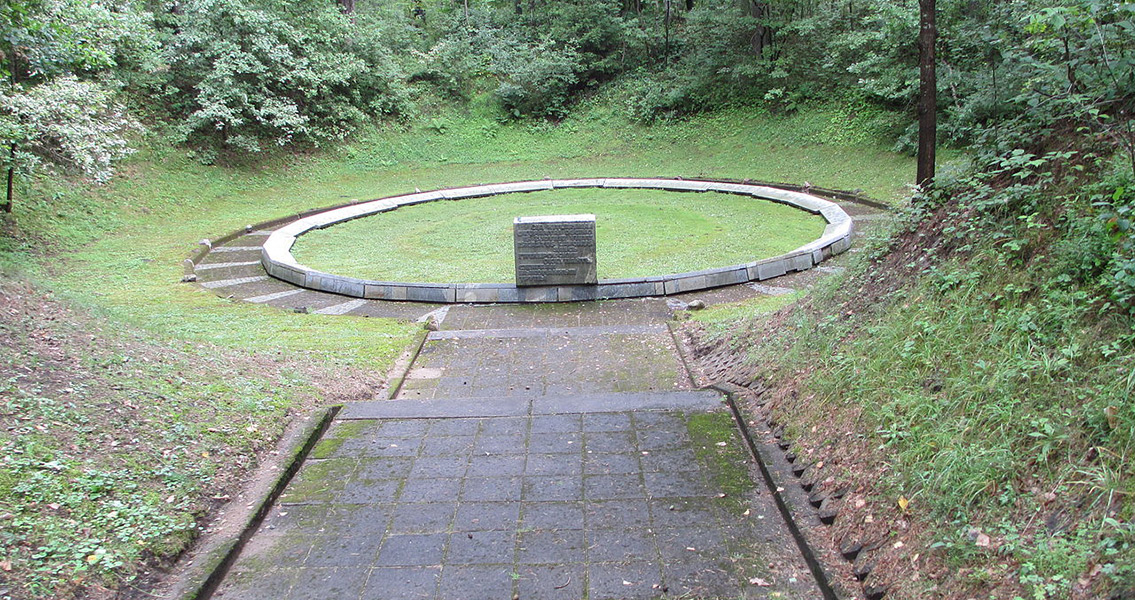<![CDATA[A Holocaust-era escape tunnel found just outside the city of Vilnius, Lithuania, sheds new light on an era characterized by the near-eradication of the more than 100,000 Jews that once lived there. For generations, rumors of an escape tunnel somewhere in or around Vilnius abounded. Tales of some 80 Jewish prisoners – still chained to one another – digging the 100-foot tunnel by hand over the course of three months and then attempting an escape from captivity on the night of April 14th, 1944. While less than a dozen would ultimately survive, these eleven prisoners and the tunnel they used to escape with their lives became legend. It had been thought that the exact location of the tunnel exit had been lost to time. However, an international group of researchers, led by the University of Hartford’s Richard Freund and the Israel Antiquities Authority’s Jon Seligman, found the tunnel just outside of Vilnius, in Ponar, on June 8th. The discovery owes an enormous debt to advances in technology that no longer necessitate disturbing the ground directly. Archaeologists have long been loath to excavate at Ponar due to the truly horrifying number of remains known to be interred there. With the site thought to be the final resting place of more than 100,000 victims of the Holocaust, it was only after noninvasive techniques such as electrical resistivity tomography (ERT) and ground penetrating radar (GPR) could be employed at Ponar that researchers felt comfortable investigating the site. In an interview with NOVA, Freund revealed that the escape tunnel was discovered almost as soon as the specialized equipment was brought into play. During the first test of the equipment, undertaken on the area outside of the pit where the prisoners had started from, the tunnel appeared immediately, the professor remarked. These new technologies – both of which are completely noninvasive – are crucial in gaining archaeological knowledge of the Holocaust era without having to desecrate burial sites, Freund added. While GPR has been used in the past by archaeologists to undertake geophysical surveys without disturbing the ground beneath them, ERT is a relatively new entrant into the field. Originally designed for geological probes for the oil and gas industry, the technology employs electrical currents and the resistance those currents experience while passing through the earth to develop an image of the ground below, similar to the way that GPR makes use of radar waves to accomplish much of the same. Freund has been tasked with creating an exhibit for the Tolerance Center of Lithuania and the Vilna Gaon Jewish State Museum about Ponar in order to tell the story of the courage of the handful of Jewish prisoners who risked their lives to dig their way to freedom from the death pits of the Nazi regime. The exhibit, he says, will focus not on the horrifying death toll of the Holocaust as it occurred in Ponar; instead, he remarked that the piece of Holocaust history presented will be refreshingly different as it will be about the successful struggle to live, even in the face of overwhelming death. ]]>
Holocaust-Era Escape Tunnel Found in Vilnius, Lithuania
